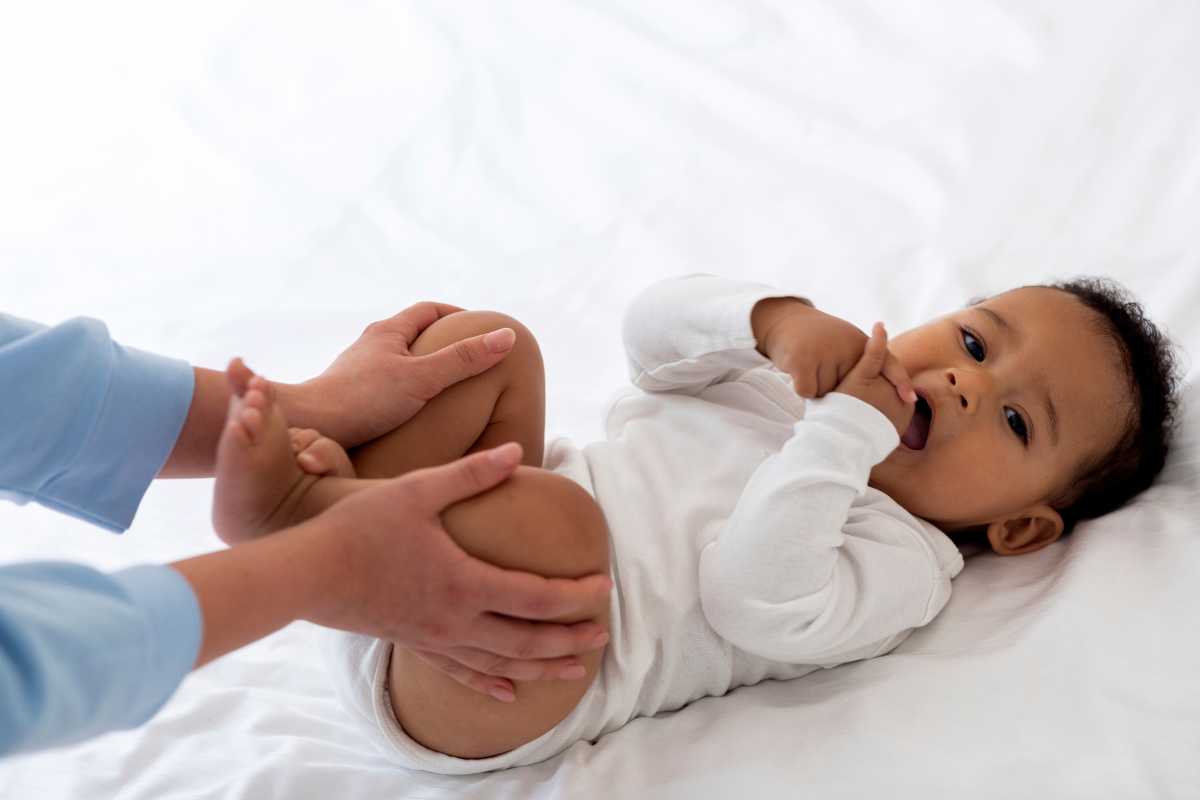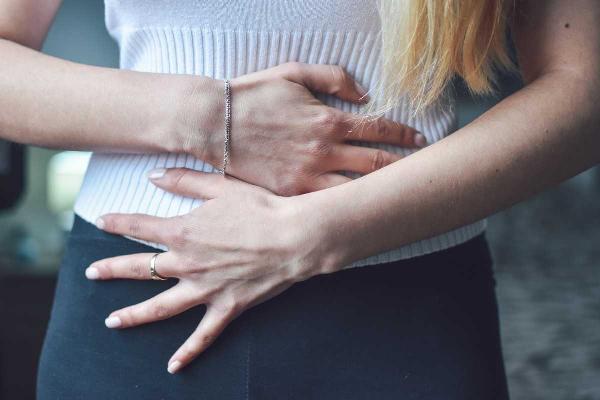Estrogen is a crucial hormone in the female body, playing an essential role in reproductive health, bone density, cardiovascular function, and overall well-being. However, many women experience low estrogen levels at some point in their lives, which can lead to various health issues. In this comprehensive guide, we will explore the causes, symptoms, and treatment options for low estrogen in women.
What is Estrogen?
Estrogen is a group of hormones primarily produced in the ovaries. It is responsible for the development and regulation of the female reproductive system and secondary sexual characteristics. The three main types of estrogen are estradiol, estrone, and estriol. Estradiol is the most potent and predominant form during a woman’s reproductive years, while estrone is more common after menopause, and estriol is abundant during pregnancy.
Causes of Low Estrogen in Women
Low estrogen in women can occur due to various factors, including:
Menopause: The most common cause of low estrogen in women is menopause, a natural biological process marking the end of menstrual cycles. During menopause, the ovaries produce significantly less estrogen, leading to various symptoms.
Perimenopause: The transitional period leading up to menopause, known as perimenopause, can also result in fluctuating and often lower estrogen levels.
Ovarian Insufficiency: Conditions such as premature ovarian insufficiency (POI) or primary ovarian insufficiency can cause the ovaries to fail to produce sufficient estrogen.
Hypothalamic Amenorrhea: This condition occurs when the hypothalamus, a part of the brain that controls reproductive hormones, stops functioning properly, often due to excessive physical stress, significant weight loss, or eating disorders.
Pituitary Disorders: The pituitary gland, which regulates hormone production in the ovaries, can sometimes be affected by tumors or other disorders, leading to low estrogen levels.
Genetic Disorders: Conditions like Turner syndrome, a genetic disorder affecting females, can cause low estrogen levels due to underdeveloped ovaries.
Chemotherapy and Radiation Therapy: Cancer treatments can damage the ovaries, leading to reduced estrogen production.
Medications: Certain medications, including those used to treat endometriosis, can lower estrogen levels as a side effect.
Symptoms of Low Estrogen in Women
Low Estrogen in Women: Causes, Symptoms, and Treatment Options | The Lifesciences Magazine
Recognizing the symptoms of low estrogen in women is crucial for timely intervention and management. Common symptoms include:
Hot Flashes and Night Sweats: Sudden feelings of warmth, often accompanied by sweating, are a hallmark of low estrogen levels.
Irregular Periods: Low estrogen can cause menstrual irregularities, including missed periods or changes in cycle length.
Vaginal Dryness: Reduced estrogen can lead to thinning and drying of the vaginal walls, causing discomfort during intercourse.
Mood Swings and Depression: Estrogen has a significant impact on mood regulation, and low levels can contribute to mood swings, anxiety, and depression.
Decreased Libido: A drop in estrogen levels can result in a reduced interest in sexual activity.
Sleep Problems: Insomnia and other sleep disturbances are common in women with low estrogen levels.
Bone Density Loss: Estrogen plays a crucial role in maintaining bone density, and low levels can lead to osteoporosis and an increased risk of fractures.
Fatigue and Weakness: Persistent fatigue and muscle weakness are also associated with low estrogen levels.
Cognitive Changes: Some women may experience memory problems and difficulty concentrating due to low estrogen.
Diagnosing Low Estrogen in Women
If you suspect you have low estrogen levels, it is essential to consult a healthcare provider. The diagnosis typically involves:
Medical History and Physical Examination: Your doctor will review your medical history, including menstrual cycle patterns, and perform a physical examination.
Blood Tests: Blood tests measure levels of estrogen and other hormones, such as follicle-stimulating hormone (FSH) and luteinizing hormone (LH), to determine ovarian function.
Bone Density Test: If low estrogen is suspected to affect bone health, a bone density test may be recommended to assess the risk of osteoporosis.
Pelvic Exam: A pelvic exam can help evaluate the condition of the reproductive organs.
Treatment Options for Low Estrogen in Women
Low Estrogen in Women: Causes, Symptoms, and Treatment Options | The Lifesciences Magazine
Treatment for low estrogen in women depends on the underlying cause and the severity of symptoms. Common treatment options include:
Hormone Replacement Therapy (HRT): HRT is a widely used treatment for low estrogen levels, especially during menopause. It involves taking estrogen alone or in combination with progesterone to relieve symptoms and prevent bone loss.
Vaginal Estrogen: For women experiencing vaginal dryness and discomfort, vaginal estrogen creams, rings, or tablets can provide localized relief with minimal systemic absorption.
Lifestyle Changes: Adopting a healthy lifestyle can help manage symptoms of low estrogen. Regular exercise, a balanced diet rich in calcium and vitamin D, and stress reduction techniques can be beneficial.
Non-Hormonal Medications: Certain medications, such as selective serotonin reuptake inhibitors (SSRIs) and gabapentin, can help alleviate hot flashes and mood swings without affecting estrogen levels.
Phytoestrogens: Some women find relief from mild symptoms by incorporating phytoestrogens, plant-based compounds that mimic estrogen, into their diet. Foods rich in phytoestrogens include soy products, flaxseeds, and legumes.
Supplements: Calcium and vitamin D supplements can help support bone health in women with low estrogen levels.
Preventing Low Estrogen in Women
While some causes of low estrogen in women, such as menopause, are inevitable, certain lifestyle choices can help maintain healthy estrogen levels and reduce the risk of complications:
Maintain a Healthy Weight: Extreme weight loss or gain can disrupt hormone balance. Aim for a healthy weight through a balanced diet and regular exercise.
Balanced Diet: Consuming a diet rich in fruits, vegetables, whole grains, lean proteins, and healthy fats can support overall hormonal health.
Regular Exercise: Engaging in regular physical activity can help regulate hormones and maintain a healthy weight.
Avoid Smoking and Limit Alcohol: Smoking and excessive alcohol consumption can negatively impact hormone levels. Quitting smoking and moderating alcohol intake can promote hormonal balance.
Manage Stress: Chronic stress can interfere with hormone production. Incorporate stress management techniques such as yoga, meditation, and deep breathing exercises into your routine.
Regular Health Check-Ups: Regular visits to your healthcare provider can help monitor hormone levels and overall health, allowing for early intervention if needed.
Coping with Low Estrogen in Women
Low Estrogen in Women: Causes, Symptoms, and Treatment Options | The Lifesciences Magazine
Living with low estrogen in women can be challenging, but there are several strategies to help manage symptoms and improve quality of life:
Stay Informed: Educate yourself about low estrogen and its effects on your body. Understanding the condition can empower you to make informed decisions about your health.
Support Network: Surround yourself with a supportive network of family, friends, and healthcare providers who can offer emotional support and practical advice.
Join Support Groups: Connecting with others who are experiencing similar challenges can provide a sense of community and shared understanding.
Communicate with Your Partner: Open communication with your partner about your symptoms and how they affect your relationship can help maintain intimacy and mutual support.
Prioritize Self-Care: Make time for activities that bring you joy and relaxation, whether it’s reading, taking a walk, or practicing a hobby.
Female Hormone Imbalance: Understanding, Symptoms, Causes, and Solutions
Hormone imbalance in females occurs when there is an excess or deficiency of one or more hormones in a woman’s body. Hormones are chemical messengers produced by endocrine glands, such as the ovaries, thyroid, and adrenal glands.
Read More
Conclusion
Low estrogen in women is a common condition with various causes and a wide range of symptoms. Understanding the role of estrogen in the body, recognizing the signs of low estrogen, and seeking appropriate medical advice are crucial steps in managing this condition. With the right treatment and lifestyle adjustments, many women can effectively manage their symptoms and maintain a good quality of life. If you suspect you have low estrogen levels, consult your healthcare provider to discuss your symptoms and explore the best treatment options for your individual needs.
 Don't let your content be flagged with AI Detectors - use a Free AI Humanizer
Don't let your content be flagged with AI Detectors - use a Free AI Humanizer
 Don't let your content be flagged with AI Detectors - use a Free AI Humanizer
Don't let your content be flagged with AI Detectors - use a Free AI Humanizer


















